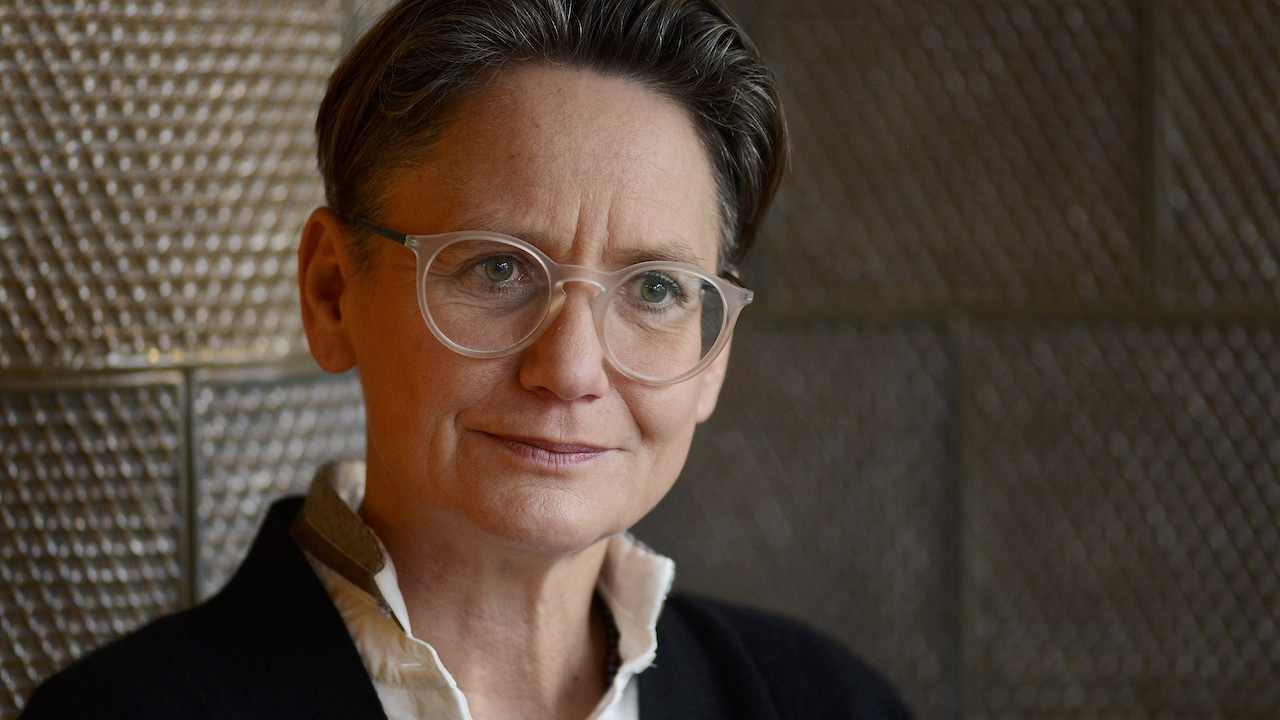Anyone who wants to make sure that their last wishes are respected should seek advice from an expert. During a consultation, the lawyer or notary starts by asking about the personal circumstances of the client or clients. The professional needs to know about the client’s family situation. Whether there are any children who will inherit, and if so how many; whether there are any living parents; what the family tree looks like.
An expert knows how much flexibility the law permits
Then the lawyer or notary will explain about “power of disposition”. In other words, they outline the flexibility allowed within the law and explain what portion of their estate a testator is permitted to distribute as they wish. This flexibility is constrained by the protection of statutory beneficiaries. This states precisely which portions of the estate can be bequeathed at the testator’s discretion.
Once the facts have been established, the client must answer the following question: “What do you want to happen?” Then the notary or lawyer assesses the various possibilities and outlines the options. The size of the estate is not important at this point. Estate planning experts think solely in terms of portions. After all, the estate may be very different by the time of the testator’s death, so the discussion is all about who gets what “slice of the cake”.
The court keeps a public document
Once this has been decided, a lawyer or notary prepares a public document that is then deposited. Every canton has different rules determining what types of documents can be placed on record and where they can be deposited.
If the circumstances are straightforward, a holographic will is sufficient. It must be signed, and contain the place and date. The signature can be notarised but it does not have to be.
The ZGB provides for two forms of testamentary disposition. It is up to each individual to choose the form they want. In the second scenario, the testator goes to the notary. The notary prepares a public deed. This has to be co-signed by a witness. If the testator does not have their own witness, lawyers have a pool of witnesses they can call upon. In addition to these two forms, there is also the emergency will. This is prepared by a notary at the deathbed of a seriously ill person. A witness must also be present
Protect your partner with a contract
An option frequently used by married couples to determine what should happen to their property upon their death is the marital agreement. This allows the married couple to benefit each other. Any property not covered by the statutory provisions must be dealt with in a public deed.
Speaking of the law: A notary tells the author that while statute stipulates what happens to the estate of a same-sex couple in a registered partnership, there are no such provisions for heterosexual cohabiting couples.
An executor organises the division of the estate
Clients often appoint a lawyer or notary to help them with estate planning, and might even appoint that person as executor. In estate planning, it is of course important to comply with the provisions of law regarding division of the estate.
The first step is to look at the devolution of the estate. This specifies who is entitled to inherit, and how much.
The next step is the division of the estate. Firstly, debts have to be paid. Then, on the so-called settlement day, comes the distribution of cash, material assets and real property.
For large, complicated or intertwined assets, it is a good idea for the testator to appoint an executor. The executor takes the place of the deceased.
The municipality of residence keeps “Instructions in the event of death”
Instructions to be observed after a death, along with the name of any executor, can generally be deposited at the municipality of residence. There, the funerals office is the first to learn of a person’s death. If notarised documents are deposited with a court, however, they are often not opened until days or weeks later.
So the best place to deposit any instructions for what must be done immediately following the death, such as funeral arrangements, is with the municipality. Documents relating to statutory provisions must be drawn up at a notary’s office and then deposited with a court. If not all the heirs are known, the municipality must search for them. This involves extensive investigations, advertisements in newspapers etc.
The timing of the death can affect the distribution of an estate
There is another important thing to remember concerning marital agreements. If partners bring children into the marriage, creating a so-called blended family, the children may not get along. If the spouses die together – in an accident, for example – the precise time of death may matter. If the husband dies first and the wife an hour later, her children are the statutory heirs because she died after her husband. This applies even if the deaths were separated by a matter of seconds.
What should you do? An expert advises including the following sentence in the officially deposited marital agreement: “Death at any time within one month is deemed to be simultaneous”. Or something along those lines. Any time span can of course be chosen.
Testament: Möchten Sie eine ZEWO-zertifizierte Non-Profitorganisation berücksichtigen?
In unserem Testamentgenerator können Sie kostenlos ein Testament erstellen und die Organisation Ihrer Wahl berücksichtigen.
Was bedeutet ZEWO-zertifiziert?
Die ZEWO ist die Schweizerische Zertifizierungsstelle für gemeinnützige Spenden sammelnde Organisationen. Die Zewo sorgt für Klarheit und Ehrlichkeit von Spenden sammelnden Organisationen und fördert das Vertrauen der Gesellschaft in die gemeinnützige Tätigkeit. Sie setzt sich dafür ein, dass Spendengelder zweckbestimmt, wirksam und wirtschaftlich eingesetzt werden. Hilfswerke, die sich von der Zewo prüfen lassen und die strengen Anforderungen erfüllen, erhalten das Zewo-Gütesiegel.



